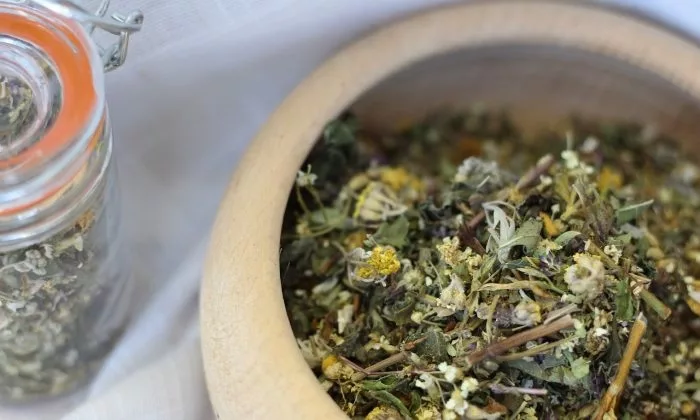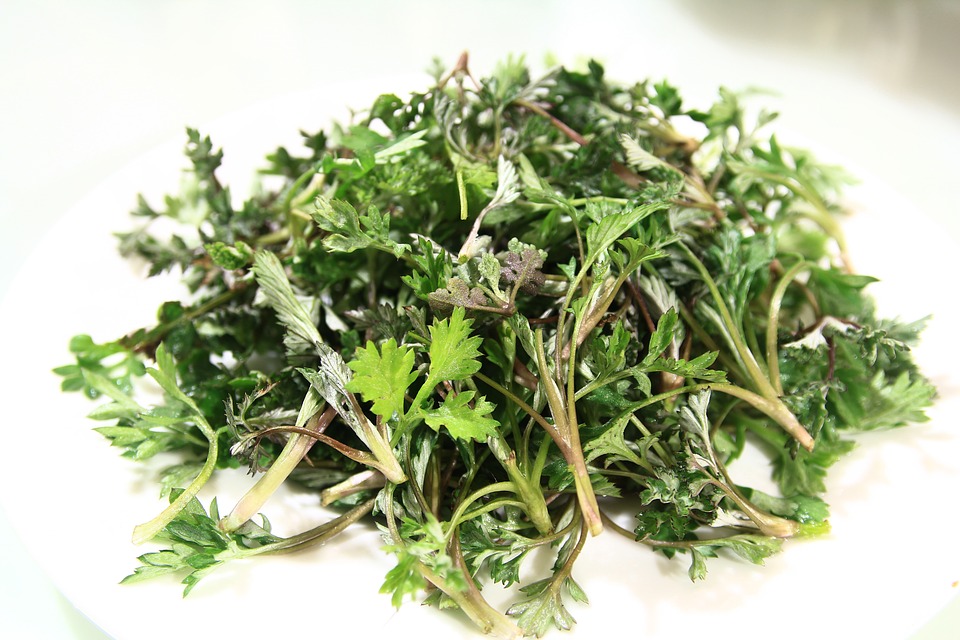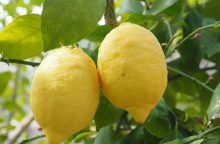Artemisa, sometimes referred to as mugwort or wormwood. Are you familiar with this interesting plant?

We know that wormwood is bitter and that it is used to treat stomach problems. However, most of us only know wormwood for having these properties. But there are a many types of wormwood plants, and we treat most of them as weeds, but some species are very useful. In this article, we shall introduce the true artemisa. You will learn that you can use this bitter plant in your garden, but also in the kitchen, and maybe you will find it in your medicine cabinet too.
Wormwood (Artemisia absinthium )
The most famous of all wormwood plants is the wide sprawling shrub. Its leaves are greyish green to silver shade and of course they taste bitter. Along with anise and fennel, wormwood leaves are used to make a drink called absinthe (a highly alcoholic drink) and a type of vermouth. But you can also use the leaves of this aromatic plant in the kitchen and add them to minced meat dishes or even to salads and because wormwood promotes digestion you can add it to any dishes with a high fat content.
Brotan wormwood (Artemisia abrotanum)
This kind of wormwood belongs to the perennial category and also has a shape of a small sprawling shrub. It has tantalizing silvery green leaves. We do not consume anything from this plant, but you can spot it in gardens where it is used as decorative plant. Just plant it somewhere in the background of your garden because it can reach a height of up to one meter. You will enjoy the pleasant citrus scent that it gives away.
Photo: Pixabay
Artemisia dracunculus
This species is better known under the name tarragon and it grows to a height of around one meter. Leaves are fresh green and are mainly used in French cuisine. It is slightly less bitter than that the true wormwood – Tarragon is known for its mild bitterness with a slightly sweet undertone and anise flavour. A variety known as French wormwood was bred from Artemisia drancunculus.
Artemisia vulgaris
This plant grows up to 1.5 m and it is regarded as weeds wildly growing on uncultivated lands. Young leaves are not bitter and may be used in salads or egg dishes. This species has successfully been bred into ornamental cultivars, which are typical for their golden leaves.
Photo: Pixabay

Gardening is my hobby, I have a lot of experience and I am happy to share it.









0 comments